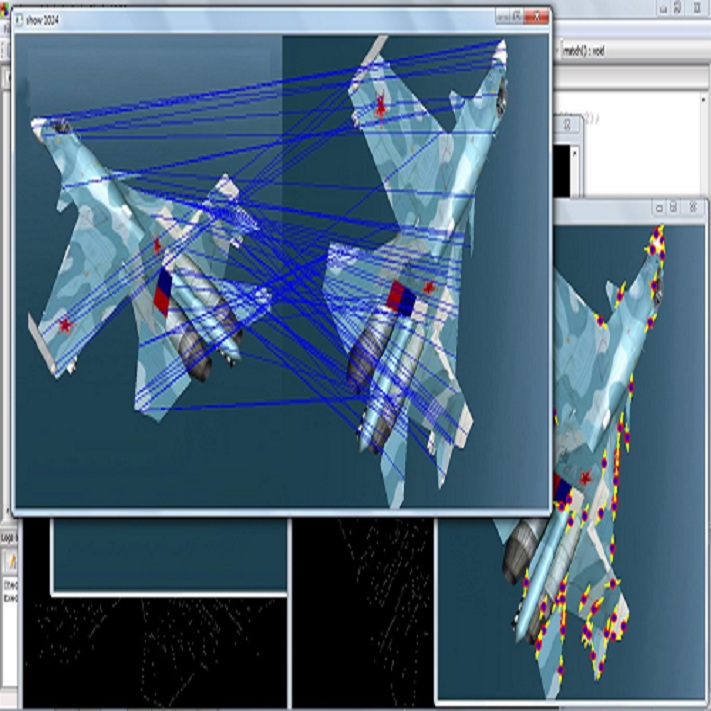Deformable Image Registration (DIR) can benefit from additional guidance using corresponding landmarks in the images. However, the benefits thereof are largely understudied, especially due to the lack of automatic detection methods for corresponding landmarks in three-dimensional (3D) medical images. In this work, we present a Deep Convolutional Neural Network (DCNN), called DCNN-Match, that learns to predict landmark correspondences in 3D images in a self-supervised manner. We explored five variants of DCNN-Match that use different loss functions and tested DCNN-Match separately as well as in combination with the open-source registration software Elastix to assess its impact on a common DIR approach. We employed lower-abdominal Computed Tomography (CT) scans from cervical cancer patients: 121 pelvic CT scan pairs containing simulated elastic transformations and 11 pairs demonstrating clinical deformations. Our results show significant improvement in DIR performance when landmark correspondences predicted by DCNN-Match were used in case of simulated as well as clinical deformations. We also observed that the spatial distribution of the automatically identified landmarks and the associated matching errors affect the extent of improvement in DIR. Finally, DCNN-Match was found to generalize well to Magnetic Resonance Imaging (MRI) scans without requiring retraining, indicating easy applicability to other datasets.
翻译:使用图像中相应的标志性标志性标志性标志性标志性图像登记(DIR)可以受益于使用图像中对应的图像变形图像登记(DIR)的额外指导。然而,其好处在很大程度上没有得到充分研究,特别是因为三维(3D)医疗图像中对应标志性标志缺乏自动检测方法。在这项工作中,我们展示了一个叫做DCNN-Match的深传进神经网络(DCNNNN),这个网络学会以自我监督的方式预测3D图像中的标志性对应。我们探索了使用不同损失功能和测试DCNNN-Match的DCNN-Match的五个变式DCNNN-Match,以及结合开放源登记软件Elastix来评估其对通用DIR方法的影响。我们使用了宫颈癌病人的低张缩成像成像(CT)扫描:121个骨浆的CT扫描配对含有模拟弹性变形图案,11对临床变形显示临床变形。我们的结果显示DIR的性能显著改善。当DCNNNM-M在模拟和临床变形中同时使用模拟和临床变形时,我们还看到了与DM的图像之间的空间变形。最后发现,M的地理分布分布分布与DM的分布与DM的比到总和总的大小。




